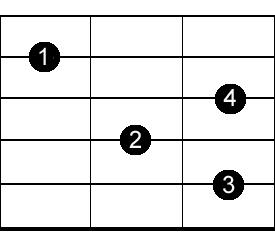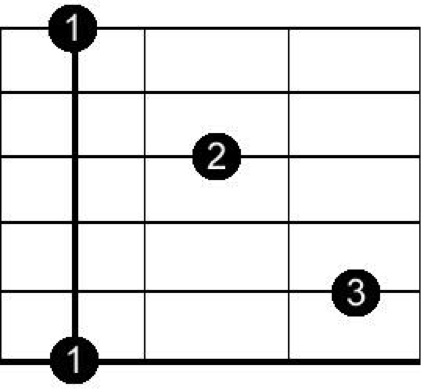Guitar Jamming Mini Course Lesson 2:
How To Jam On Guitar And Not Make a Fool Of Yourself When Jamming With The ‘Big Guys’
Now that you know how to let go of the anxiety and get the self-confidence to jam with other people, it is important that you know how to ‘talk the talk’ when communicating with other musicians when you want to play at a jam session. While it is true that many musicians at these jam sessions already know how to play their instruments fairly well, technical guitar skills are not the most important skills you need to play at a jam session. It is the skill to communicate with other people that will make you into a really great jam partner for these musicians.
Also, it is important to realize that when you are jamming with other people that are better than you, you learn far more than when you are jamming with people who are not playing on the level that you are playing on. Especially those musicians that are better than you will see it as their chance to learn you something.
But beware; musicians that are not allowing you to jam with them are not really great musicians. This is because great musicians do not have these self-confidence issues where they do not allow other people to stand out and to get on stage with them.
Great musicians allow people to jam with them. This is an important point to realize. If you find yourself surrounded by musicians that make you feel bad about your own playing because they aren’t open to the idea of you jamming with them, then that situation just highlighted their issues with their own self-esteem. In general it’s better to avoid people like that.
While it is important to be selective about whom you’re jamming with (are they empowering you or do they make you feel bad?), it is also important to learn to ‘talk the talk’, so let’s look at a few important terms that you’ll come across at a blues jam.
Dominant Blues Progressions
Let’s get started about all the important communications that musicians could use at a blues jam. The first term that we are going to look at is called ‘dominant blues’.
What does it mean to be playing dominant blues? Simply stated, the term dominant blues refers to the dominant blues progression. When blues guitarists or musicians in general refer to a dominant blues progression, they are referring to the chords that they are playing or the chords in the song that they are about to play.
For instance, if the leader of the jam session tells the musicians “we are going to play a dominant blues in the key of E”, this means that they are all playing dominant blues chords in this particular key (these dominant blues chords are all dominant seventh chords, often just called seventh chords, which we’ll cover more in depth in one of the next lessons). For example, in the key of E, the root chord would be the E7 chord, which is a very important and well-known blues chord. If you are playing a 12-bar blues in the key of E, then you’re playing a dominant blues progression using these seventh chords.
In case you’re not familiar with the term 12-bar blues progression; I am not going to get into depth about the 12-bar structure here, but it is important to know that if you are playing a dominant blues in the key of E in a 12-bar progression, then you are
playing a blues chord song that is divided in 12 measures of a particular form, while using the E7, A7 and B7 chords).
Here are these chords (we will use these chords further down in this mini-course):

5 7
E7

5 7
A7

7 9
B7
These three chords are all dominant seventh chords in the key of E.
We are going to look at tablature examples in the upcoming tips in this mini-course, but in tomorrow’s lesson that you will receive in your email inbox we will continue on shining light on important blues phrases that you need to know to communicate at jam sessions.
Learn about the Essential Blues Guitar Soloing Lesson
